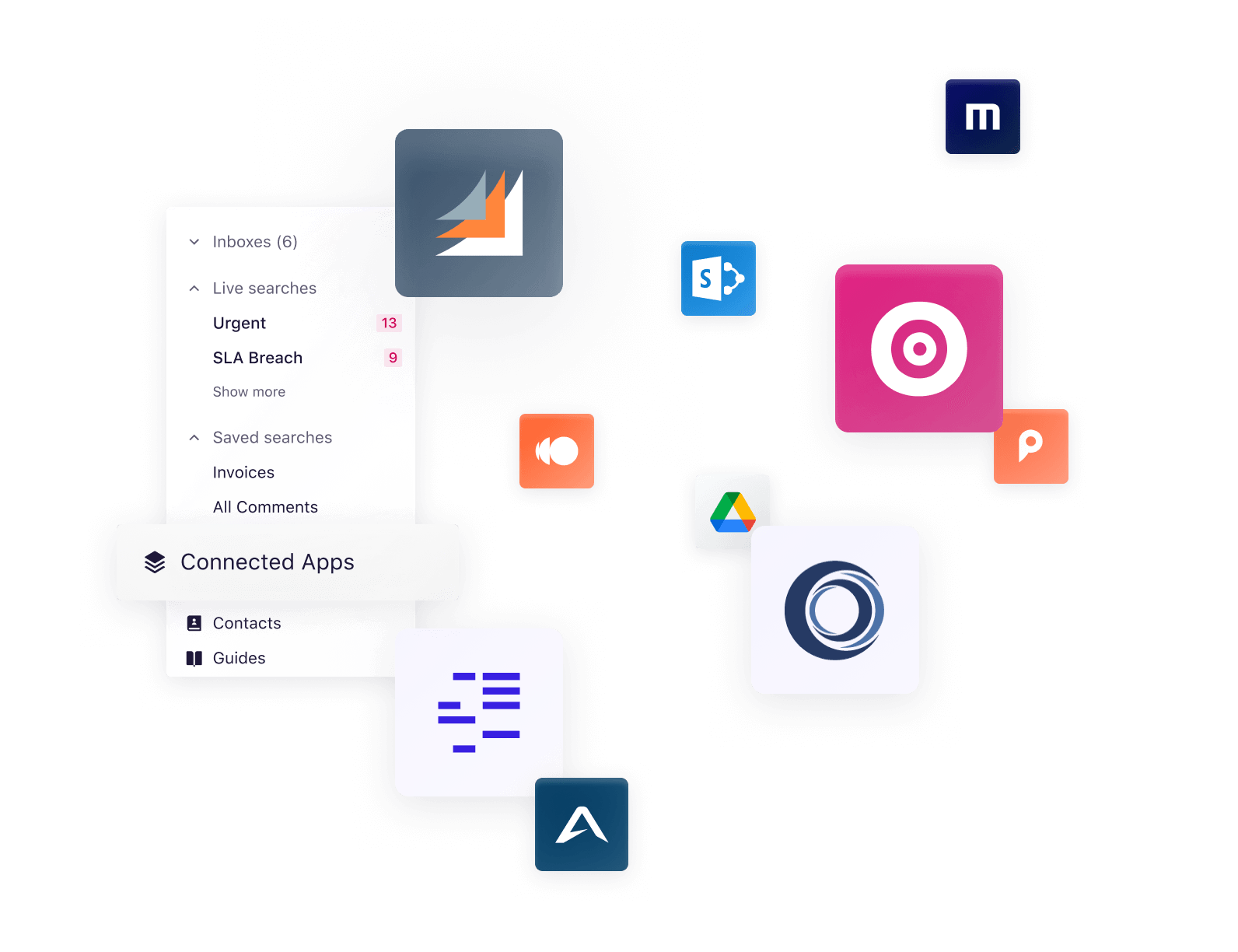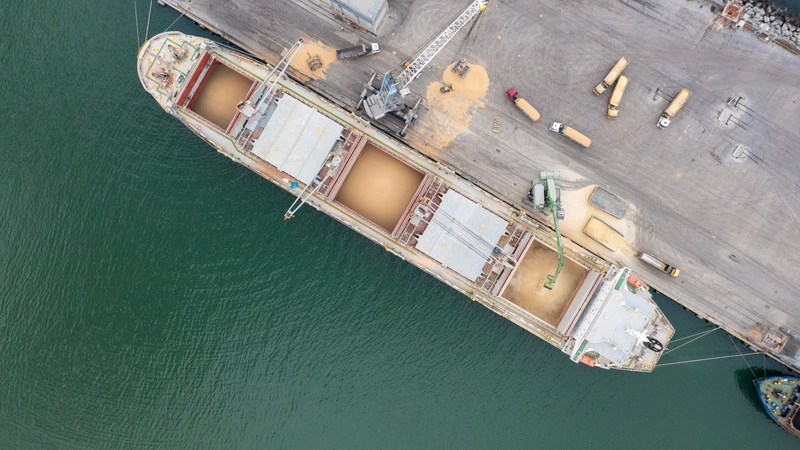The different meanings of digital transformation in the shipping industry
Maritime companies, much like ships in the sea, are at various points in their digital transformation journey. Small shops may just be setting sail, while large shipping corporations have already charted some waters.
Yet, there’s still a long way to go — with small maritime businesses implementing digital technologies to modernise their processes and big shipping companies seeking more advanced use cases of digital transformation.
In a survey report by Wärtsilä, 68% of respondents identified the need to increase investment in new digital technologies like artificial intelligence to address regulatory demands and maximise commercial success. As this shift towards technology keeps growing, it's really important for maritime businesses to use it for long-term success and growth.
What is digital transformation in the shipping industry?
Digital transformation is about embracing technology to simplify processes, increase efficiency, and, ultimately, stay afloat in an increasingly competitive business landscape. An Oliver Wyman report indicates that investing in the right digital platforms can boost return on investment (ROI) by 5-10%.
📧 Read our comprehensive report on the ROI of digitalising maritime email for practical insights on boosting efficiency and safety.

Whether you're a local shipping provider or a global maritime corporation, the goal is to streamline operations and improve customer experiences. In the context of the shipping industry, digital transformation represents the integration of digital technologies into all aspects of maritime operations. These aspects include everything from automating manual tasks to using data analytics to make informed decisions.
How the meaning of digital transformation has evolved
The evolution of digital transformation in the shipping industry indicates a shift from digitising existing processes to a holistic reimagining of business models. This journey can be mapped across three distinct phases.
Phase 1: Digitisation of manual processes
In its nascent stage, digital transformation was primarily about reducing repetitive manual tasks. Imagine when shipping offices were filled with files, documents, and logbooks. The sheer volume of paperwork made finding crucial information akin to a treasure hunt.
Shipping companies started to digitise manual processes like data entry and inventory tracking. Instead of scribbling down shipment details on paper, the data was now entered into computer systems. Suddenly, information became searchable, accessible, and easily shareable. Digitisation replaced the endless shuffling of physical documents, saving time and reducing the risk of human error.
🌊 Explore the journey from evolution to the current state of maritime communications in our blog post.
Phase 2: Automation and optimisation
As technological advancements reshaped the digital business landscape, so did the goals of the shipping and maritime industries. Shipping companies began to realise the potential of technology beyond basic operations. They wanted systems to coordinate seamlessly, make intelligent decisions, and allocate resources dynamically.
It was about working smarter, not just harder. For example, advanced software could enhance routes based on many factors — from weather conditions to fuel efficiency — resulting in substantial cost savings. In fact, a McKinsey study finds that automation can lead to a 15% reduction in logistics costs for shipping companies.
Phase 3: Business model innovation
Advanced digital transformation goes beyond process enhancement; it improves business model innovation. For example, maintenance and route planning in the maritime industry were typically based on fixed schedules or reactive responses to issues. Imagine a scenario where a shipping company can forecast the exact arrival time of a cargo vessel down to the hour, predict maintenance needs, and optimise routes, all by using predictive analytics. This helps minimise delays and improve the use of port facilities, reducing congestion and enhancing efficiency.
Business model innovation requires rethinking traditional approaches and exploring new avenues of value creation through data-driven insights and customer-centric solutions. For instance, data-driven communication platforms are reshaping the shipping industry by providing real-time visibility into shipment status, enabling stakeholder coordination, and ultimately enhancing operational efficiency and customer satisfaction.
What digital transformation means for small maritime shops
Consider a family-owned freight company that's been around for decades. They've been managing their shipments with pen and paper, but now they want to catch the digital wave.
For small-scale maritime enterprises, digital transformation is about one thing — efficiency. It's about leveraging technology to modernise processes and resources. For instance, a maritime business would implement basic software solutions to:
- Streamline inventory management
- Enhance stakeholder communication
- Manage customer data
A prime example is the adoption of software to digitise shipment records and track, manage, and share information with clients and partners.
⚓ Discover how digital tools help businesses navigate disruptions in the maritime supply chain.
What digital transformation means for large shipping companies
A more advanced phase of digital transformation becomes the focus for larger shipping corporations after having already automated manual processes. The goal is to harness advanced technologies such as artificial intelligence and machine learning. Think optimised routes, increased safety protocols, cost reductions, and boosted profitability.
Their digital journey also involves leveraging innovative technologies for workflow automation and data-driven analytics to gain a competitive edge. Shifting to cloud-based solutions, for example, allows maritime teams to work together anywhere in the world.
🛳️ Discover the three golden rules for effective shipping communications.
Begin your digital transformation journey from your email inbox
All-in-one platforms that position themselves as comprehensive solutions have distracted product roadmaps, high prices due to bundled modules, and limited purchasing options. Buyers feel forced to pay large sums for subpar software that doesn't meet their needs. But digital transformation in the shipping industry isn't one-size-fits-all panacea. It varies for small businesses digitising operations and large conglomerates seeking advanced tech solutions.
Email remains a linchpin for effective communication, regardless of company size. That’s why your inbox can be a great starting point to launch your digital transformation project. Integrating an email platform purpose-built for maritime operations — such as Sedna — into your transformation strategy fosters collaboration and informed decision-making.
- If you're just starting your digital transformation journey, Sedna can help you organise your inbox so you find information more easily and better prioritise critical tasks.
- If you are looking for more advanced solutions for complex maritime operations, Sedna can help you drive cross-team collaboration, integrate with intelligent third-party applications, and fully automate your workflows for maximum efficiency.
From streamlined task management to in-depth data analytics, Sedna empowers maritime teams to modernise their operations with precision and ease.
Latest resources
Driving faster action and insights from your core business system
Connected Apps integrate business-critical data hidden across your digital ecosystem. Make informed decisions without needing to switch contexts or systems.






